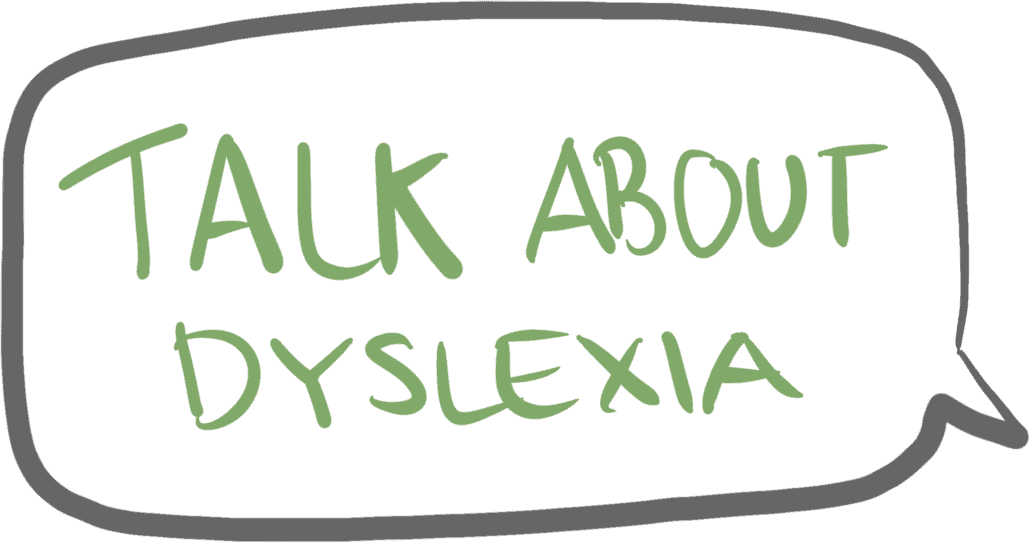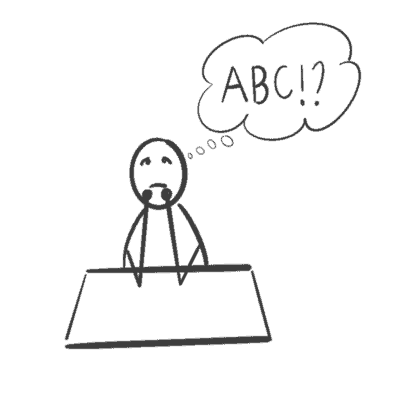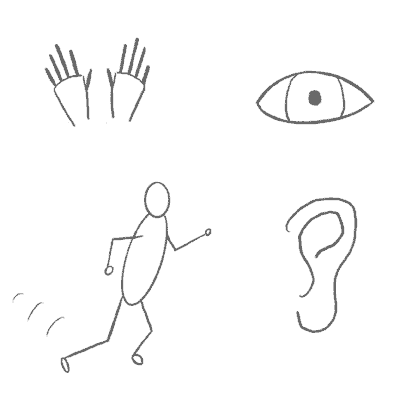Are you also looking for the right tools that can make your child do their homework without trouble?
But what actually works best?
It is an individual choice. There is no “one size fits all” solution. But you can help your child get started with the assistive technology when it does fit your child’s needs.
I often experience parents (and grandparents) calling or writing to get advice on what the best type of app or program is for their child’s computer. “I have searched for ‘good apps for dyslexic people,’ but what is best?”
My answer is simple.
Whatever fits your child.
Not what fits the neighbor’s dyslexic grandchild, the baker’s apprentice down at the local bakery, or the cousin in high school.
I understand if you want to ask others what they think works well, but the technology must fit your child’s needs and their way of working with words and letters.
My child is dyslexic
“What is dyslexia, and what does it mean for my child?” Have you also been searching for answers to that?
Understand your dyslexic child
It can be challenging to be a parent and help with the homework without getting frustrated.
The dyslexic brain
Have you also been wondering if there is something wrong with your dyslexic child’s brain? That is, why the head cannot comprehend those pesky letters.
TECHNOLOGY IS SMART, BUT YOUR CHILD’S NEEDS COME FIRST
I often see well-meaning parents focusing on technology. “This is so clever. It can fix my child’s problems with reading and spelling.”
Yes, technology is smart. And yes, it can help with reading and spelling.
But if your child’s apps and programs don’t fit them, then your child won’t be getting anywhere.
It is like an old pick-up truck and a Ferrari. Few people will invest in a pick-up truck if they have to race with it. Personally, I would pick the Ferrari. But if the vehicle is for everyday driving outside of the city, many would probably prefer a pick-up truck. The car must fit the need.
Therefore, my recommendations to you when you have to help your child with assistive technology are as follows:
1 – First of all, look at your child’s needs
Your child develops throughout their school years. Your child does not need the same tools all the time.
In elementary school, it might be all about getting texts read out loud in math, while in middle school it may be about having a good word suggestion program that can help with long and difficult words in history.
Therefore, it is important to understand your child’s needs for the individual functions concerning those tasks that your child has.
The five functions that can fulfill your child’s needs are:
- Recitation
- OCR (optical character recognition)
- Word suggestions
- Speech-to-text
- Translation
2 – Help your child make the tools meaningful
I am not doing anything if it doesn’t make sense to me. Maybe you feel the same way?
Your dyslexic child will most likely not use the tools if they don’t make sense to use: “Why should I use them when no one else has to?” or “I don’t want to use them; the voice that reads out loud is boring!”
It is individual, what makes sense when it comes to using the apps and tools for dyslexics.
But my suggestion to you is that you check on how much time your child saves by using the assistive technology.
And, therefore, how often they can have fun with things other than homework during the weekdays.
Or you can see that it becomes easier to solve the tasks, so your child becomes even better because they can focus on the aim of the task instead of reading and spelling their way through, for instance, a math problem.
3 – Drop the idea that you should be a teacher or an IT expert to help your child
You shouldn’t despair if you aren’t a teacher or a technical guru.
That is not important in helping your child with using apps and tools for dyslexics.
Instead, you should focus on your child’s needs and help your child see the point of using the assistive technology.
Often, too much focus on the technique can hinder parents by making them think that’s what they must do to help their children. But you shouldn’t feel that way.
You can always get help with the tech stuff, and it isn’t your IT knowledge that will make your child use the tools.
Instead, it is your support that will make the child explore the tools. You should be a parent first.
My own experience is that I am happy that my mum didn’t try to be a teacher.
Of course, she helped me with my homework (when I didn’t try to run away or create trouble), but she also ensured that all my time after school wasn’t spent on schoolwork.
If you still think that you aren’t an IT expert and so you will make things worse, then I can say that I often see the children becoming their own experts.
If your child isn’t there yet, then the school or the provider of the tools will be able to help with the technical stuff.
Accepting the dyslexia
Is your child also finding it difficult to talk about their thoughts and emotions when the letters are teasing them?
Motivation to read
Would you also like to motivate your child to read more? And is it difficult to find the right “carrot”?
Learning styles as a dyslexic person
Many believe that a dyslexic person has more difficulties learning and fewer options for further education. But that is not true…
I FIRST SAW THE IDEA OF ASSISTIVE TECHNOLOGY WHEN…
During my school years, I definitely didn’t use the apps and tools for dyslexics, although I had my own computer with everything I needed.
Why should I? I felt different when I had to bring out my computer, and I thought the aid programs were difficult to use. Or I said that they were broken.
The last bit was usually an excuse for the adults so I didn’t have to use the tools.
And the adults always fell for it in the end.
I built up a massive wall in front of the tools, so they weren’t for me. However, I found many other ways around the challenges.
When we had group work, I offered to do other things besides writing, and I was active in coming up with ideas to solve the challenges that our teacher presented to us. It turns out that I have trained in myself a more creative, developing side than many of my classmates have. So, it hasn’t been all bad.
But today I know that if I had used the programs in middle school, I’d have had an easier time writing essays later in my education, and I wouldn’t have been dependent on others.
I wish I had done that.
But I first saw the point of assistive technology when I was 28.
I started using these programs far too late.
Many things could have been easier in school had I cooperated with the technological help.
Therefore, I hope your child will use the apps and tools now so that they can benefit from them during their school years. That way, you and your child get more time to have fun after homework during weekdays.
Jesper Sehested
Dyslexic, author, speaker and mentor







